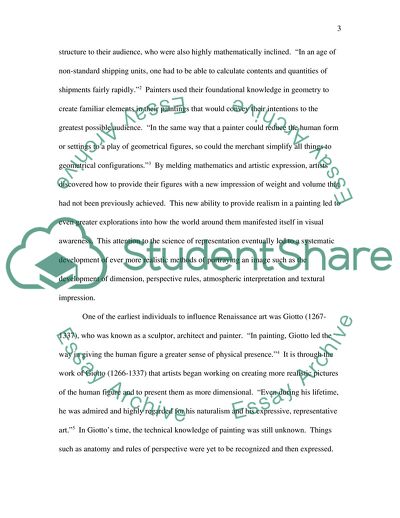Cite this document
(Art and Architecture in the Renaissance Essay Example | Topics and Well Written Essays - 1500 words, n.d.)
Art and Architecture in the Renaissance Essay Example | Topics and Well Written Essays - 1500 words. https://studentshare.org/architecture/1703799-art-history
Art and Architecture in the Renaissance Essay Example | Topics and Well Written Essays - 1500 words. https://studentshare.org/architecture/1703799-art-history
(Art and Architecture in the Renaissance Essay Example | Topics and Well Written Essays - 1500 Words)
Art and Architecture in the Renaissance Essay Example | Topics and Well Written Essays - 1500 Words. https://studentshare.org/architecture/1703799-art-history.
Art and Architecture in the Renaissance Essay Example | Topics and Well Written Essays - 1500 Words. https://studentshare.org/architecture/1703799-art-history.
“Art and Architecture in the Renaissance Essay Example | Topics and Well Written Essays - 1500 Words”. https://studentshare.org/architecture/1703799-art-history.


